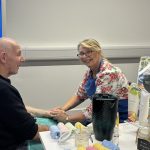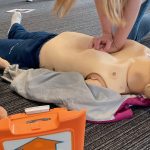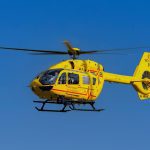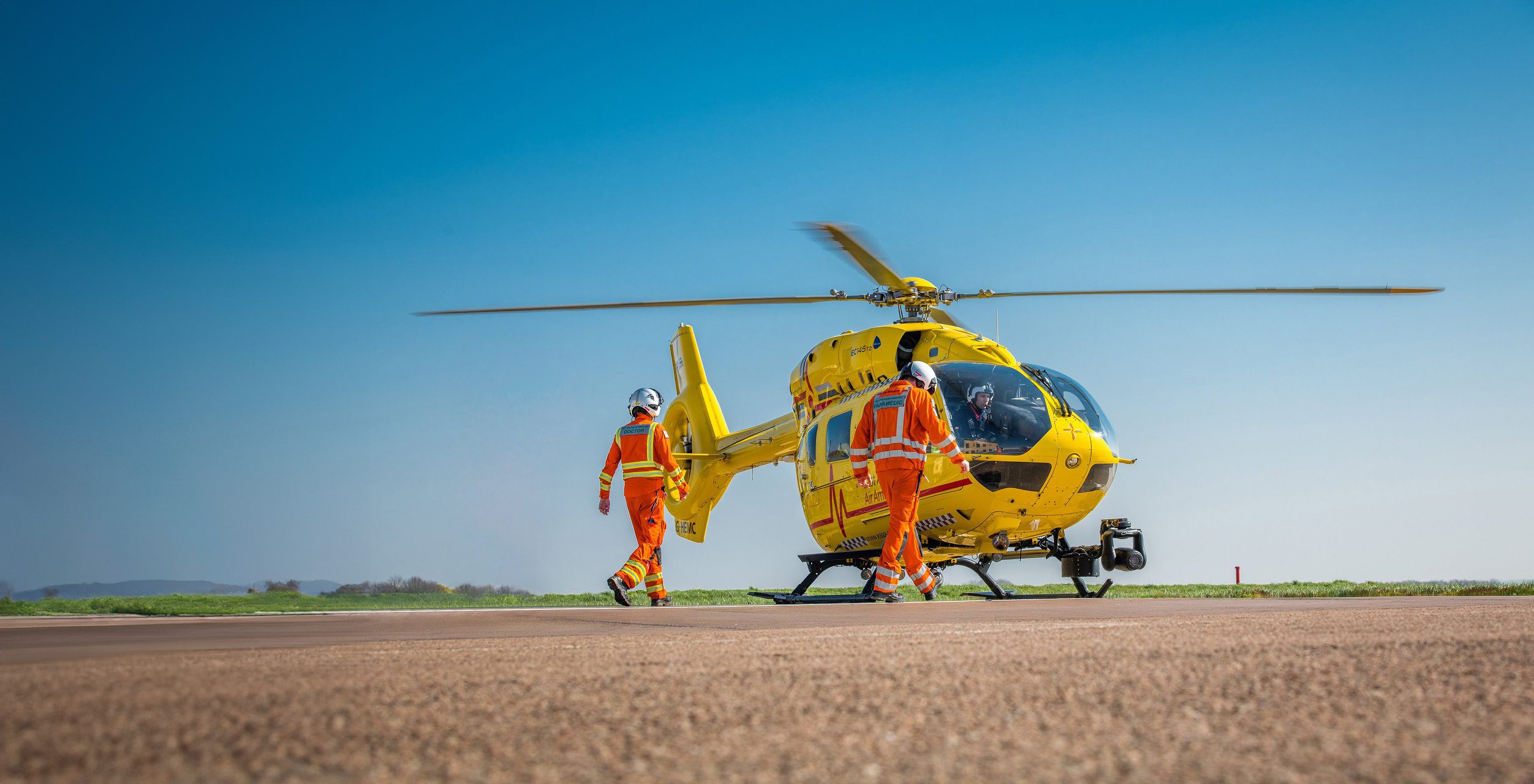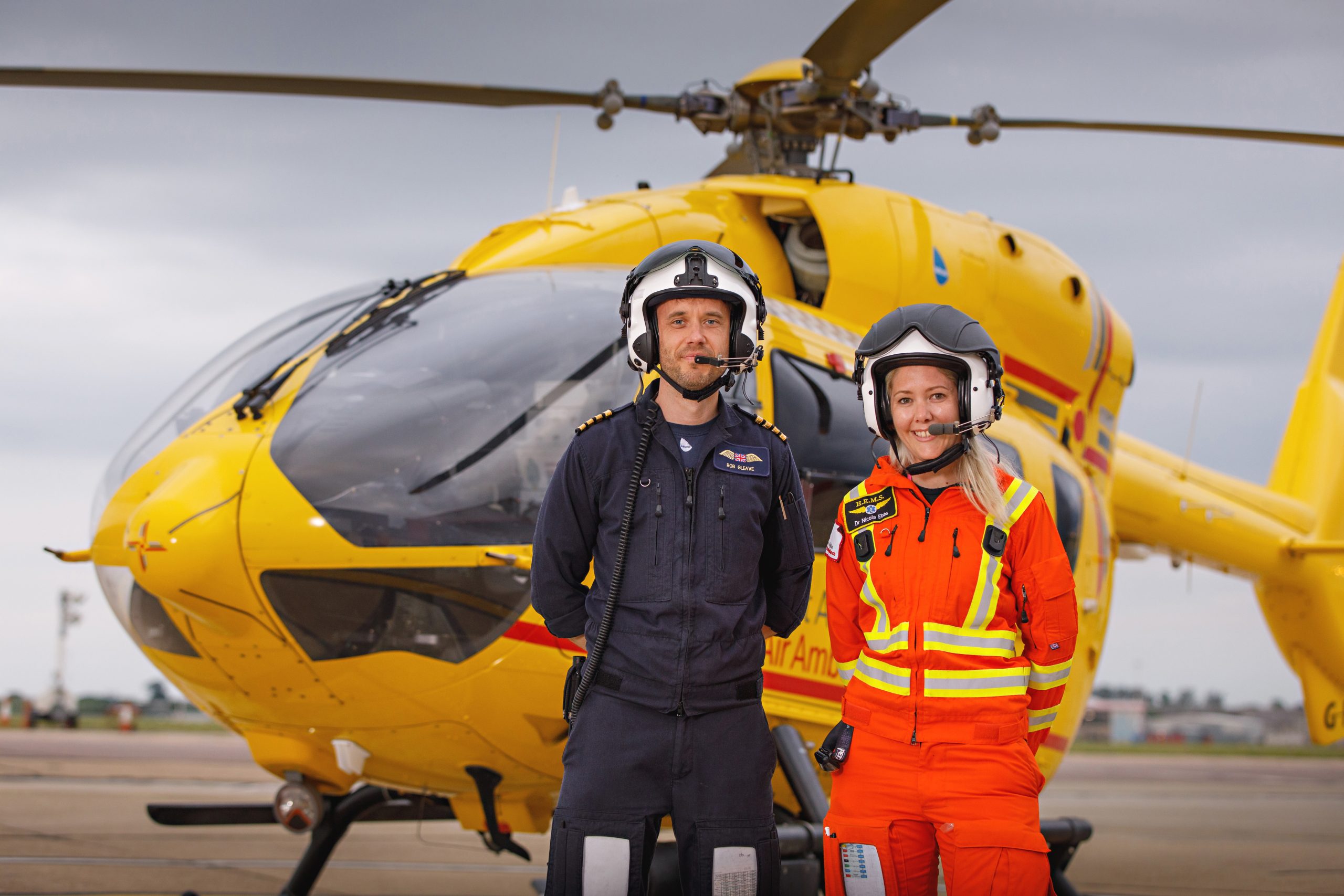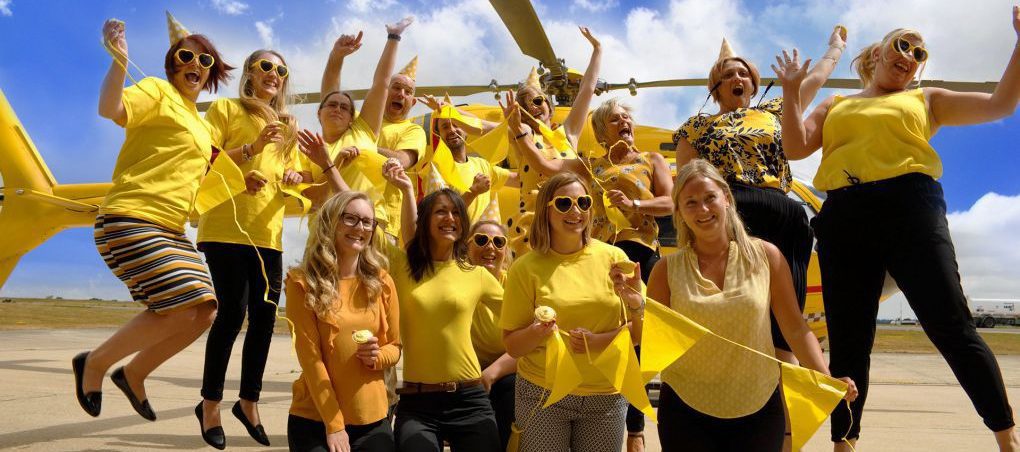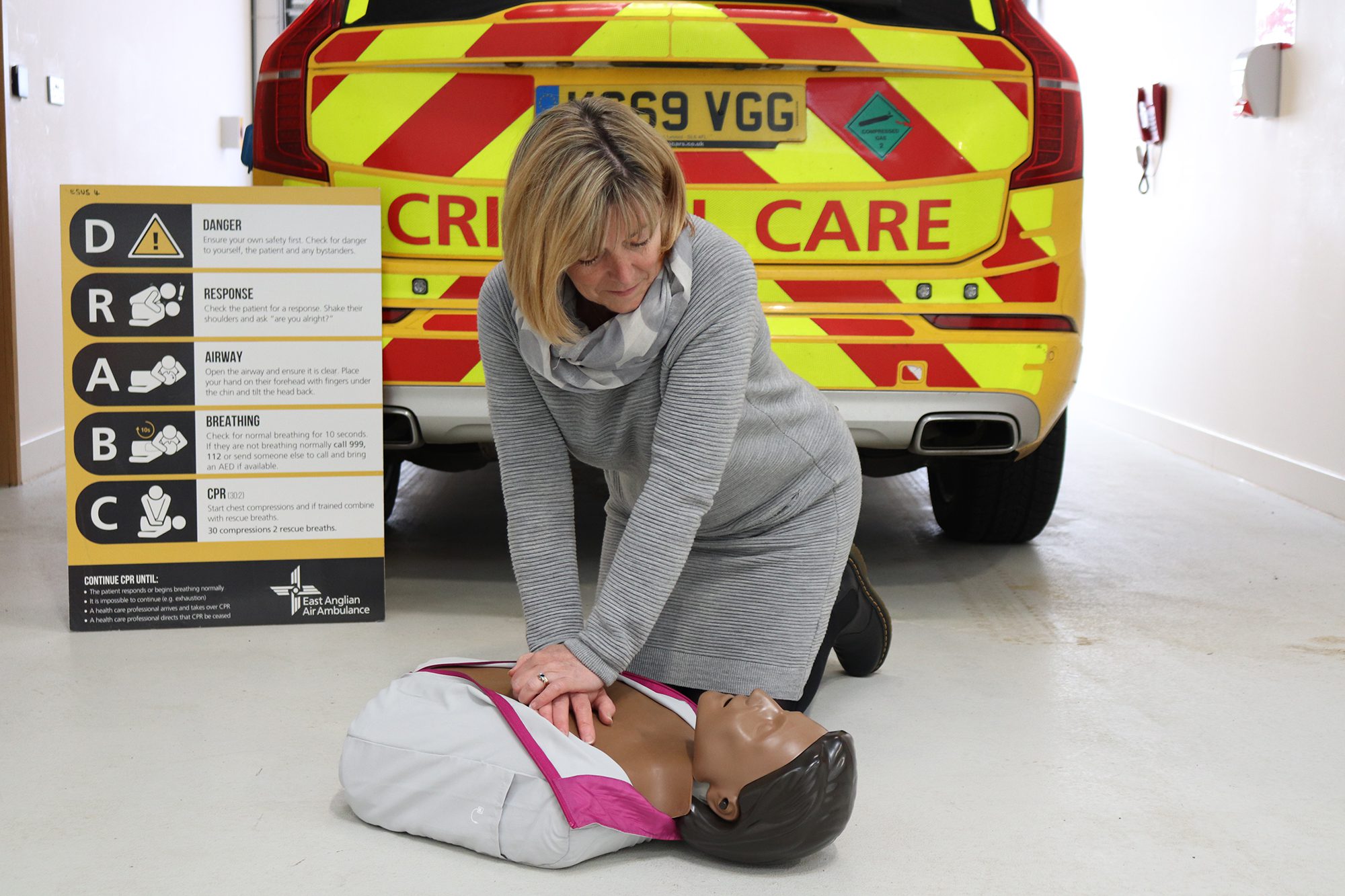2 Jul 2024
Marking International Paramedics Day 2024
To mark International Paramedics Day on 8 July, we caught up with one of East Anglian Air Ambulance's (EAAA) longest-standing critical care paramedics (CCPs), Rod. He has been with the charity for over twenty years, attending countless of critically unwell and injured patients across our region in that time.
How long have you been a paramedic?
I have now been a paramedic for 34 years and I’ve been associated with EAAA for 22 of those. I started part time with the ambulance service, and part time with EAAA. One week in every four I would be on the aircraft. I applied for full time with EAAA a few years later. I remember my interview very well! I now work part time with EAAA, seconded from the East of England Ambulance Service.
Why did you want to become a paramedic?
When I was growing up, my family were associated with the lifeboats and helping to save lives. We all belonged to the St John Ambulance too, so becoming a paramedic brought all these experiences together.
Can you describe the kinds of incidents you attend as part of the EAAA crew?
EAAA crews bring critical care to life-threatening incidents and where we can support our colleagues in the ambulance service with critical care needs at the scene when they are needed most. This includes the highest acuity incidents to people who are in cardiac arrest or in road traffic collisions, for example.
“For young people who might be considering a career as a paramedic, it’s a really satisfying role and the rewards outweigh everything. Seeing good patient outcomes and knowing you’ve contributed is really positive.”
CCP Rod Wells
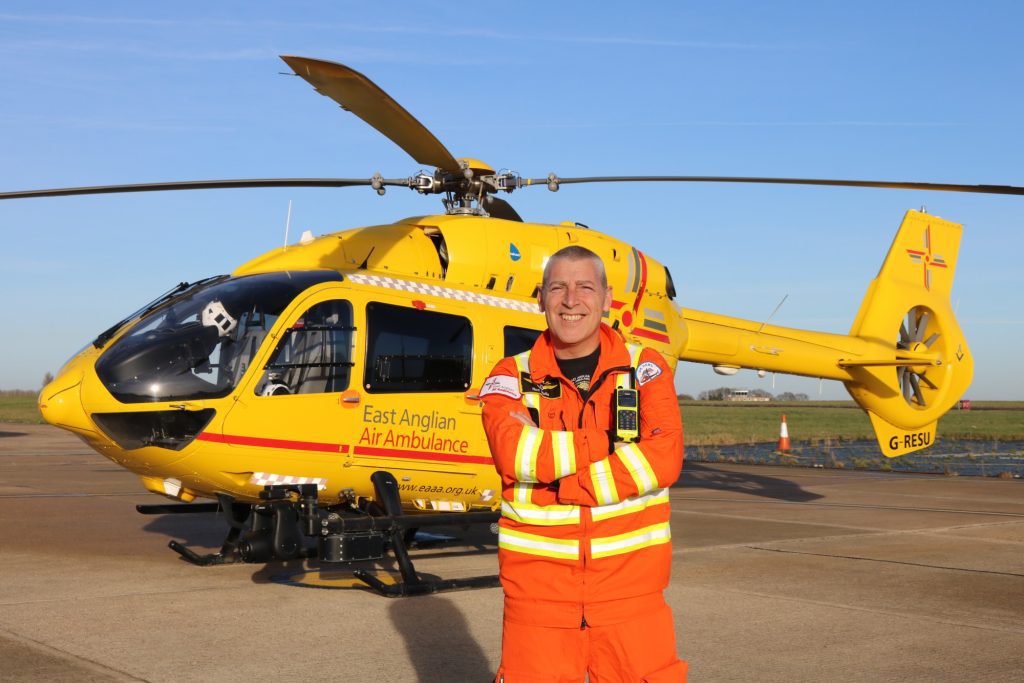
What are your main considerations when you are tasked to an incident?
My thoughts are the location of where we’re flying or driving to, the nearest hospital, the nearest trauma receiving hospital. I also consider the resources that are already on scene and what critical care resources are required.
It’s important to get as much information as possible, prior to landing, so that we can determine the best outcome for that patient – even before we put eyes on them. Information from the 999 call and the Critical Care Desk (who task EAAA) help to put everything into context and support us in knowing how we make a difference.
It’s also about reaching the right hospital at the right time. This is where the aircraft can come into its own by transferring critically unwell patients to the most appropriate hospital for their needs, such as specialist burn, trauma, or cardiac units.
How do you feel when you’ve been able to make a considerable difference to a patient and family?
Personally, this is what keeps me going. Often, we see the benefits EAAA brings, either straight away or after further assistance from hospital. Some patients and their families come back to visit us after their recovery. It’s amazing to see them and know that we, as a team, have made a difference.
Why is being a paramedic a great career choice?
For young people who might be considering a career as a paramedic, it’s a really satisfying role and the rewards outweigh everything. Seeing good patient outcomes and knowing you’ve contributed is really positive. I am so glad that I went for that interview 34 years ago; I’ve never looked back, and I’ll continue for as long as I possibly can!
What’s the best thing about EAAA and the charity’s supporters?
EAAA is a fantastic, innovative charity and it’s the supporters who make our work possible.
We couldn’t save lives if it wasn’t for the supporters and I really want to emphasise this life-saving teamwork; it’s not just the pilots, doctors, critical care paramedics, it’s the operations and charity staff too, but, importantly, the charity’s donors and fundraisers who make it all possible. They keep us flying. I often say that EAAA is owned by the public; we’re the people’s aircraft and we’re here to help them.
